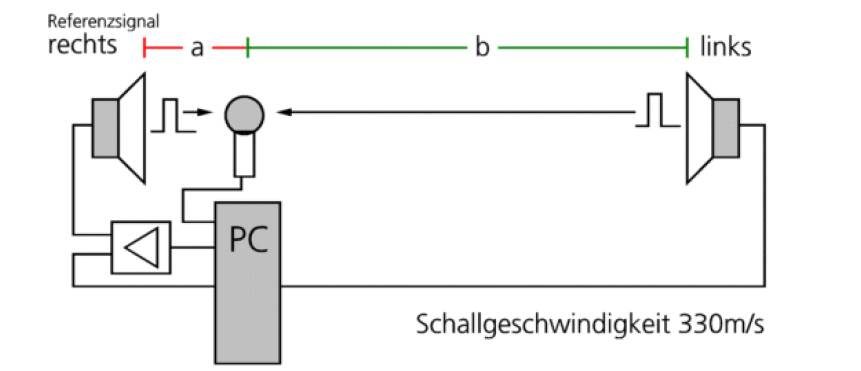Introduction
Digital signal processing surrounds us completely in our everyday life. In mobile phones a huge number of processors is working to decode and present the user audio and video signals received from senders worldwide.
During this lecture we are looking at the signal processing algorithms, which make this possible.
Therefore, this module is completely independent from your study emphasis, since the applications range from audio and video signal processing, signal transmission, control theory to automation engineering.
Lecture
During the lecture we discuss the following topics:
- Introduction to time-discrete signals and systems, Fourier-Transform of continuous and discrete signals, sampling theorem, z-Transform
- Discrete Fourier Transform (DFT), Fast Fourier Transform (FFT) Finite and infinite Filters (FIR and IIR), filter design methods, quantization effects
- Stochastic processes, probability, random variables, expectation values, Moving Average, Markoff-process
- Optimal filter, Matched filter, Wiener filter Adaptive filters
- Digital Signal Processors (DSPs)
Hands-on
Hands-on: Analysis and synthesis of stochastic signals, Simulation of adaptive and static systems, Audio and video applications
Time Table
- Extent: 2 SWS Lecture, 1 SWS Exercise, 1 SWS Hands-On
- Time Table
- Lecture: No Lecture during this Semester
- Exercise: No Exercise during this Semester
- Hands-on: No Hands-On during this Semester
Literature
- Oppenheim, A.V.; Schafer, R.W.: , Buck, J.R.:Zeitdiskrete Signalverarbeitung. R. Oldenbourg Verlag, 2004.
- Kammeyer, K.D.; Kroschel, K.: Digitale Signalverarbeitung, Teubner Verlag, 2002.
- Moschytz, G.; Hofbauer, M.: Adaptive Filter, Springer Verlag, 2000.
- Doblinger, G.: Signalprozessoren, J. Schlembach Fachverlag, 2000.




